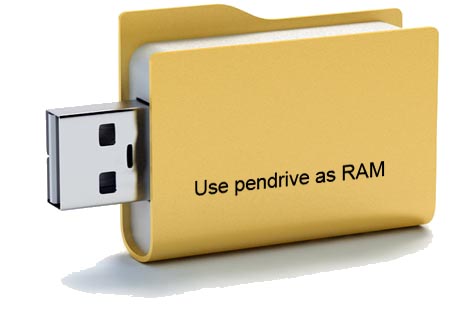

- WINDOWS 98 USB FLASH MEMORY HOW TO
- WINDOWS 98 USB FLASH MEMORY INSTALL
- WINDOWS 98 USB FLASH MEMORY DRIVERS
Separate USB drivers are needed for the GUI and the CLI environments. The problem with MS-DOS USB drivers in Windows 98SE If drivers and programs are required for the MS-DOS environment, then these can be loaded by editing (or creating) CONFIG.SYS and AUTOEXEC.BAT in the root directory. the CLI), the GUI can normally be loaded by typing "Win" at the command prompt. If the system has booted to straight MS-DOS 7.1 (i.e. The CLI and the GUI can be loaded sequentially. Many MS-DOS-only programs requiring direct hardware access will not run in a Windows 98 MS-DOS CLI window. Note that running the MS-DOS CLI in a window after loading the GUI is NOT the same as booting to the MS-DOS CLI. Selecting the environments on boot can be done in several ways, either by pressing various function keys or adding/changing switches in the MSDOS.SYS file hidden in the root directory of the Windows 98SE partition (Google MSDOS.SYS and Windows 98 if you want more details). Programs which require a straight MS-DOS environment can run just fine in this, whereas they might not run smoothly with the GUI, hence the desirability of both environments on the same machine. The other is a command line interface (CLI) which drops the user into MS-DOS version 7.1. One is the graphical user interface (GUI) that most people associate with a Windows environment. Windows 98SE has two environments which can (optionally) be selected when the system is booted. The Windows 98SE graphical user interface and the MS-DOS command prompt It goes without saying that the required USB hardware needs to be present on the computer in question. Use of these drivers and methods is entirely at the reader's own risk. Given hardware differences these techniques and drivers might not work for you.worse still they might lock up your machine. What I'm about to cover worked for my system.

WINDOWS 98 USB FLASH MEMORY HOW TO
Hopefully the page will be useful to those wondering how to do this. This article details how I got my Windows 98SE and MS-DOS environments "USB-flash drive capable" and it provides the resources I used. However, it was an issue in Windows 98 and MS-DOS as these did not come with native USB drivers. This is not an issue in Window XP as the software detects the USB ports. As both computers are right next to each other on my desk, the simplest way to share files is to use a removable USB flash drive.


This stand-alone configuration presented a problem, namely how to transfer files between it and my main, internet-capable computer. Besides, I don't want my XP partition to be anywhere near the Internet due to security concerns.
WINDOWS 98 USB FLASH MEMORY INSTALL
Also, the only way to ensure reasonable speed with my Windows XP SP3 install on this 500Mhz Celeron computer is to have all network services disabled. Networking is complicated between MS-DOS/Win 98SE and Windows 7. My disk imaging computer is not networked in any way. It's actually got three operating systems on call:Īll three operating systems are needed as I use imaging tools which specifically require them. This is a dual-boot Celeron Windows 98/Windows XP machine which I use for floppy file recovery, disk imaging and writing 5.25 inch floppy disks in various formats for use in a number of vintage machines. How to add USB flash drive capability to MS-DOS and Windows 98 IntroductionĪpart from my Internet-capable Windows 7 machine, there is one other machine I keep set up and "work ready".


 0 kommentar(er)
0 kommentar(er)
